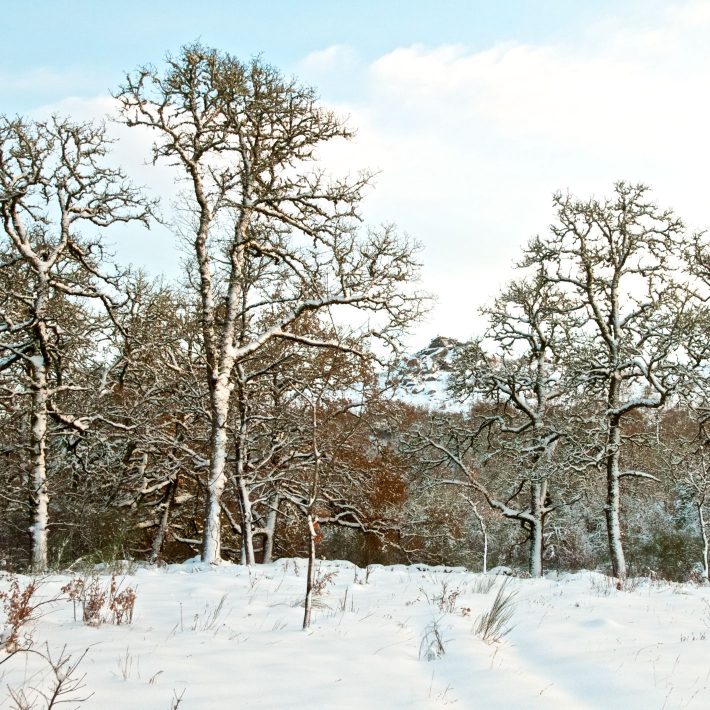A mathematical method to understand and explore the niche of species
Universidade NOVA de Lisboa press release
The current global change context calls for a comprehensive understanding of the relations between environment and species in order to plan ahead measures that can help to mitigate the negative effects of those changes.
A multidisciplinary team including mathematicians, ecologists and biologists has proposed a mathematical method to understand and better explore the ecological niche of a species. This determines the adequate environmental conditions for the species to survive and reproduce.

The new method translates the original ideas of Anglo-American ecologist G. Evelyn Hutchinson (1903-1991), who is widely considered the father of modern ecology, into simple mathematical terms. The work establishes an explicit model of relations between species and environment which is easily understandable by ecologists and biologists.
Professor Jorge Orestes Cerdeira from Faculdade de Ciências e Tecnologia at Universidade NOVA de Lisboa, who is the coordinator of the research project, claims that “Even if there are different notions for ecological niche, most of them are based on mathematical or statistical characterizations, at distinct levels of complexity, of Hutchinson’s theory. Hutchinson himself advocated a simplified hierarchical relation between species and environment, where the adequacy of a species is optimal at the center of the niche and decreases for less favorable conditions. Our approach follows the layout set by Hutchinson, focusing on a precise delimitation of the niche and a quantification of the adequacy throughout it.”
In the article, published by the journal Methods in Ecology and Evolution, the new methodology was applied to a variety of arboreal species including several oak species which were dominant in the European primary forest, a clear indicator of their high eco-geographical importance.
The quantification of adequacy is crucial to design enhanced spatial distributions of native forests which are more resistant to forest fires than their exogenous counterparts.
Dr Tiago Monteiro-Henriques, from the Centro de Investigação e de Tecnologias Agroambientais e Biológicas (CITAB – UTAD) and the Global Change and Conservation Lab at the University of Helsinky adds that “the results are easily understandable and the output adequacy maps are much in line with the knowledge we have about those species”.
Professor Maria João Martins, from the Forest Research Centre of Instituto Superior de Agronomia at the University of Lisbon, stresses the relevance of the research for species modeling in the context of climate change: “the dynamics of the environment implies a continuous monitoring of species adaptation to locations where they occur presently but, more importantly, its correct modeling allows to identify locations where they can occur in the future if the environmental conditions become adequate for their survival”.
Read the full article (freely available for a limited time):
Cerdeira JO, et al (2018). Revisiting niche fundamentals with tukey depth. Methods Ecol Evol. DOI: 10.1111/2041-210X.13074
Media contact:
Jorge Cerdeira, Universidade Nova de Lisboa, Email: jo.cerdeira@fct.unl.pt
Like what we stand for?
Support our mission and help develop the next generation of ecologists by donating to the British Ecological Society.